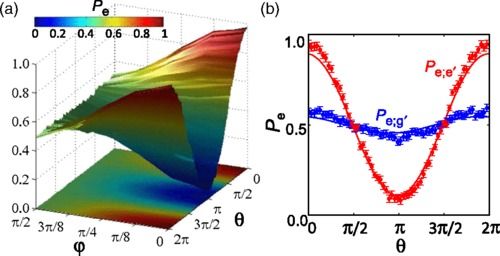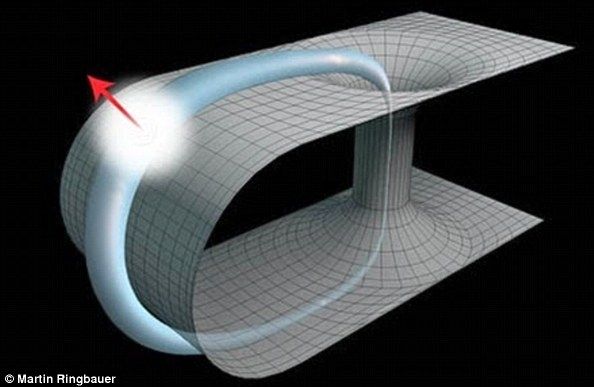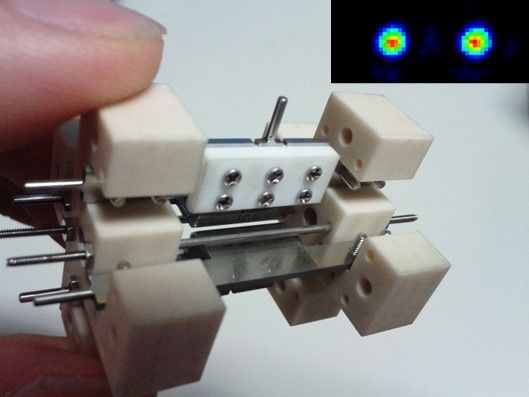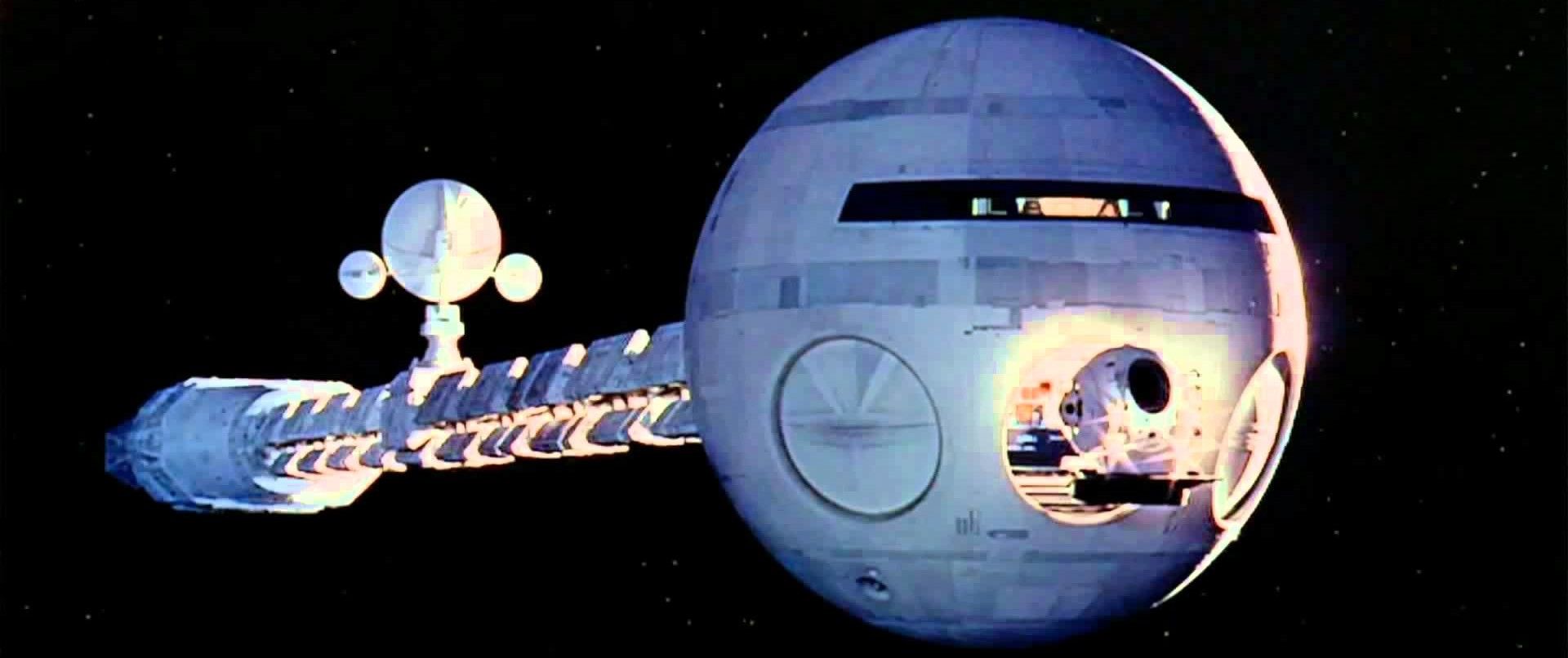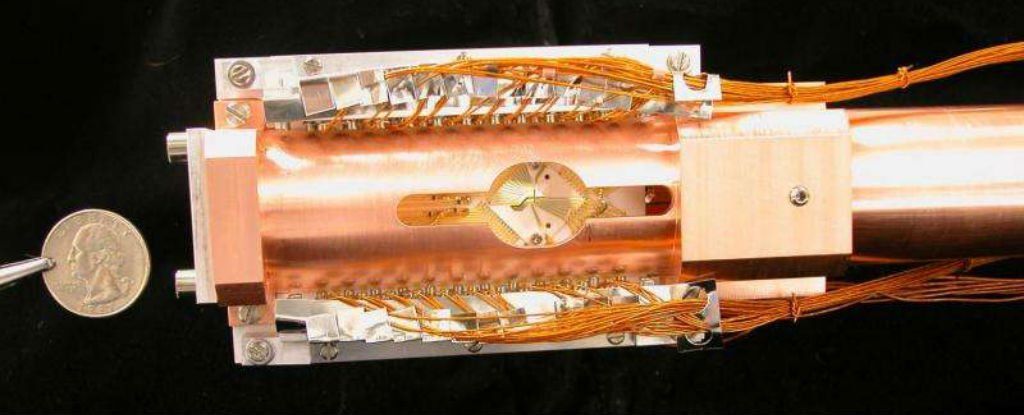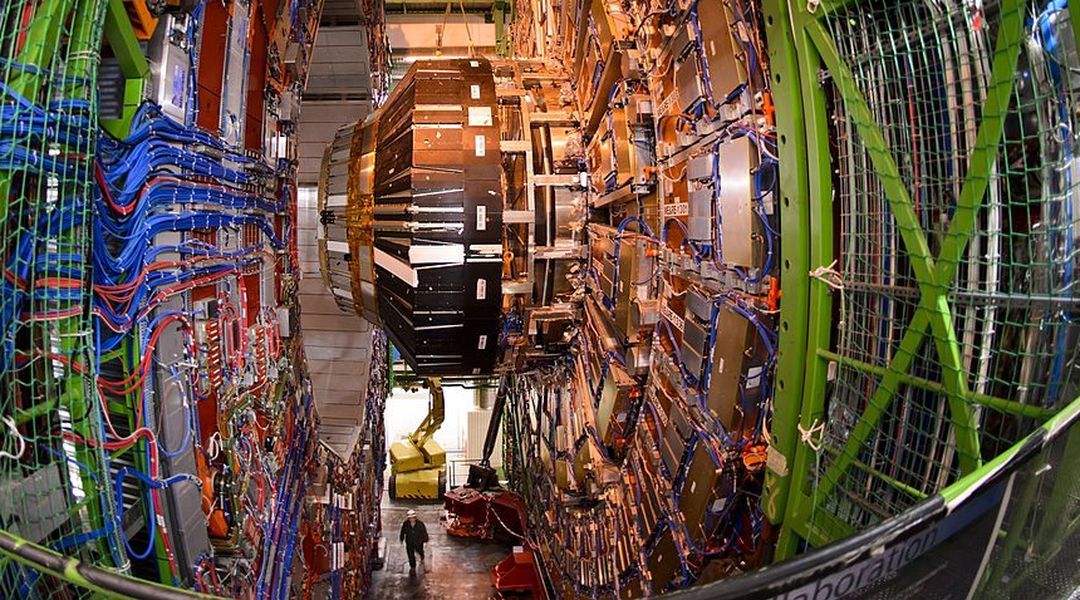Interesting, but older…
Two separate research groups, one of which is from MIT, have presented evidence that wormholes — tunnels that may allow us to travel through time and space — are “powered” by quantum entanglement. Furthermore, one of the research groups also postulates the reverse — that quantum entangled particles are connected by miniature wormholes.
A wormhole, or Einstein-Rosen bridge to give its formal name, is a hypothetical feature of spacetime that exists in four dimensions, and somehow connects to another wormhole that’s located elsewhere in both space and time. The theory, essentially, is that a wormhole is a tunnel that isn’t restricted by the normal limitations of 3D Cartesian space and the speed of light, allowing you to travel from one point in space and time, to another point in space and time — theoretically allowing you to traverse huge portions of the universe, and travel in time.
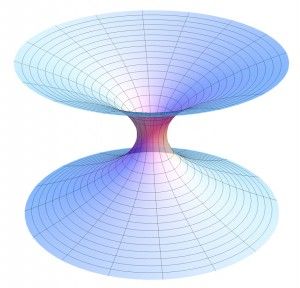 Wormholes, though, have never been observed — and while we’ve done a lot of theorizing about how a wormhole might work, and how they fit into general relativity, we’re still talking in purely theoretical terms. We don’t even know if wormholes would be traversable. Those caveats aside, though, a ton of new research suggests that each end of the wormhole is connected through spacetime with quantum entanglement.
Wormholes, though, have never been observed — and while we’ve done a lot of theorizing about how a wormhole might work, and how they fit into general relativity, we’re still talking in purely theoretical terms. We don’t even know if wormholes would be traversable. Those caveats aside, though, a ton of new research suggests that each end of the wormhole is connected through spacetime with quantum entanglement.

